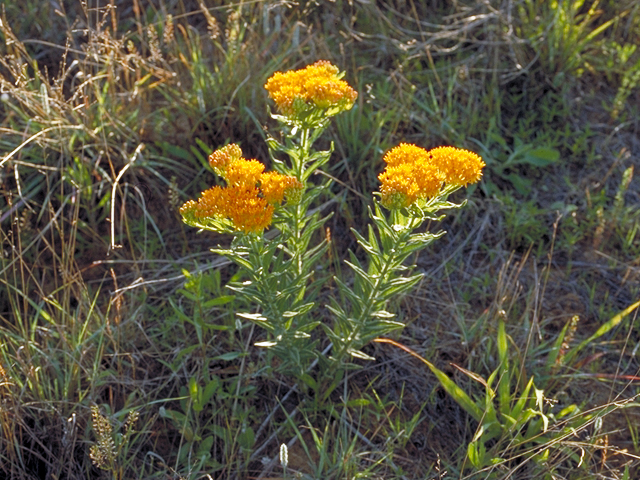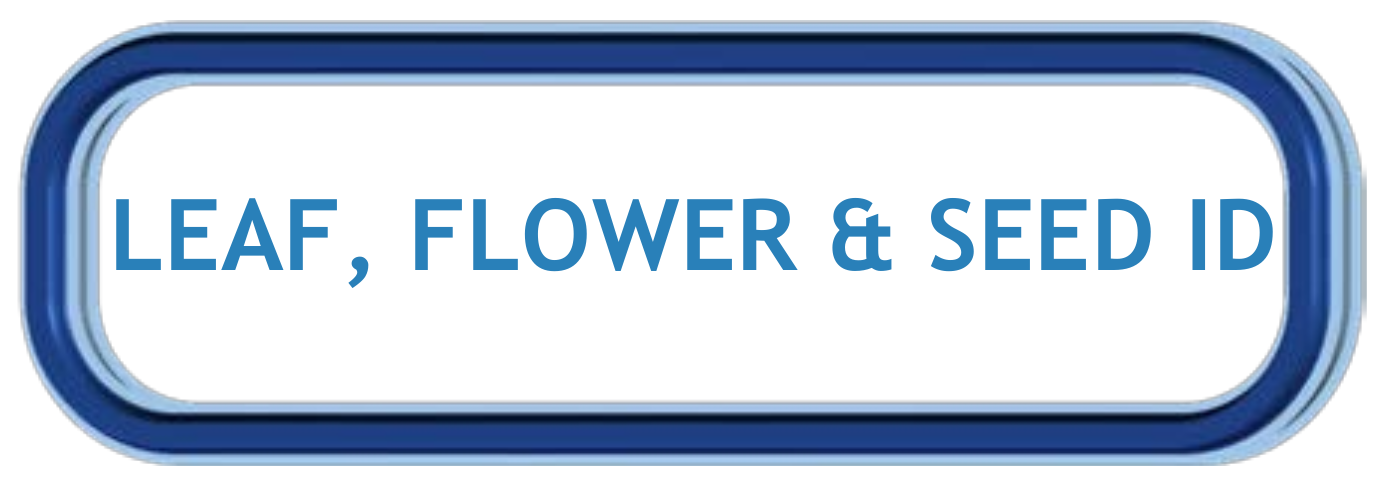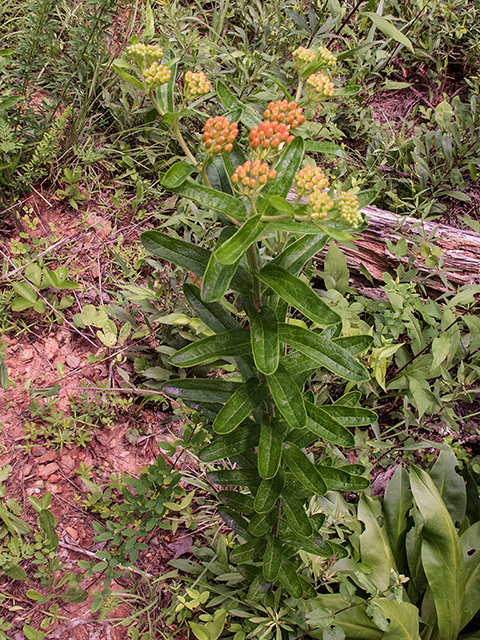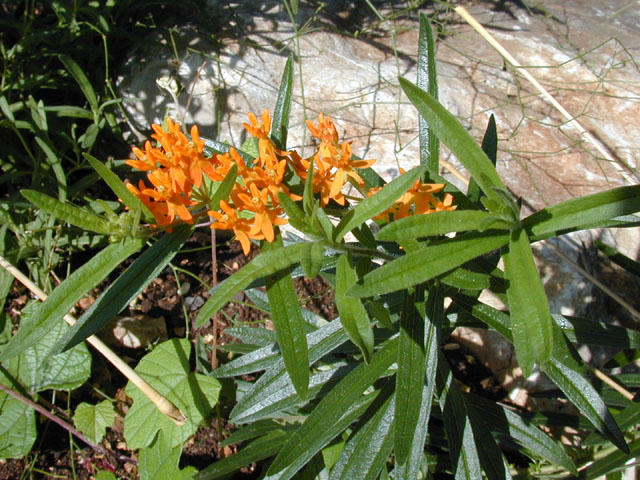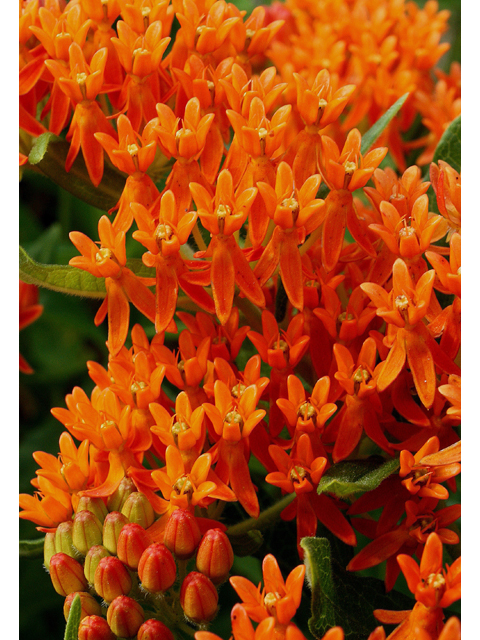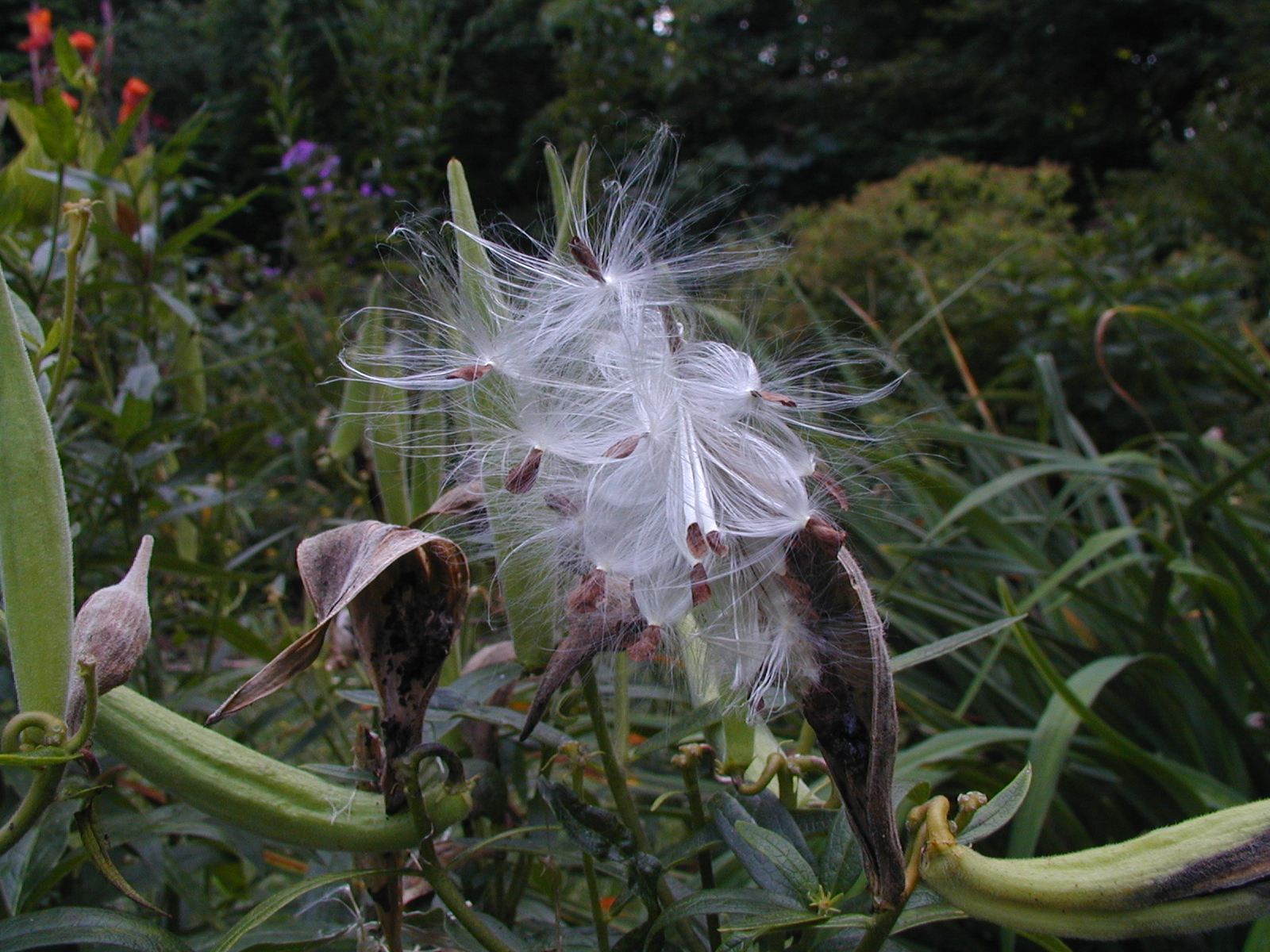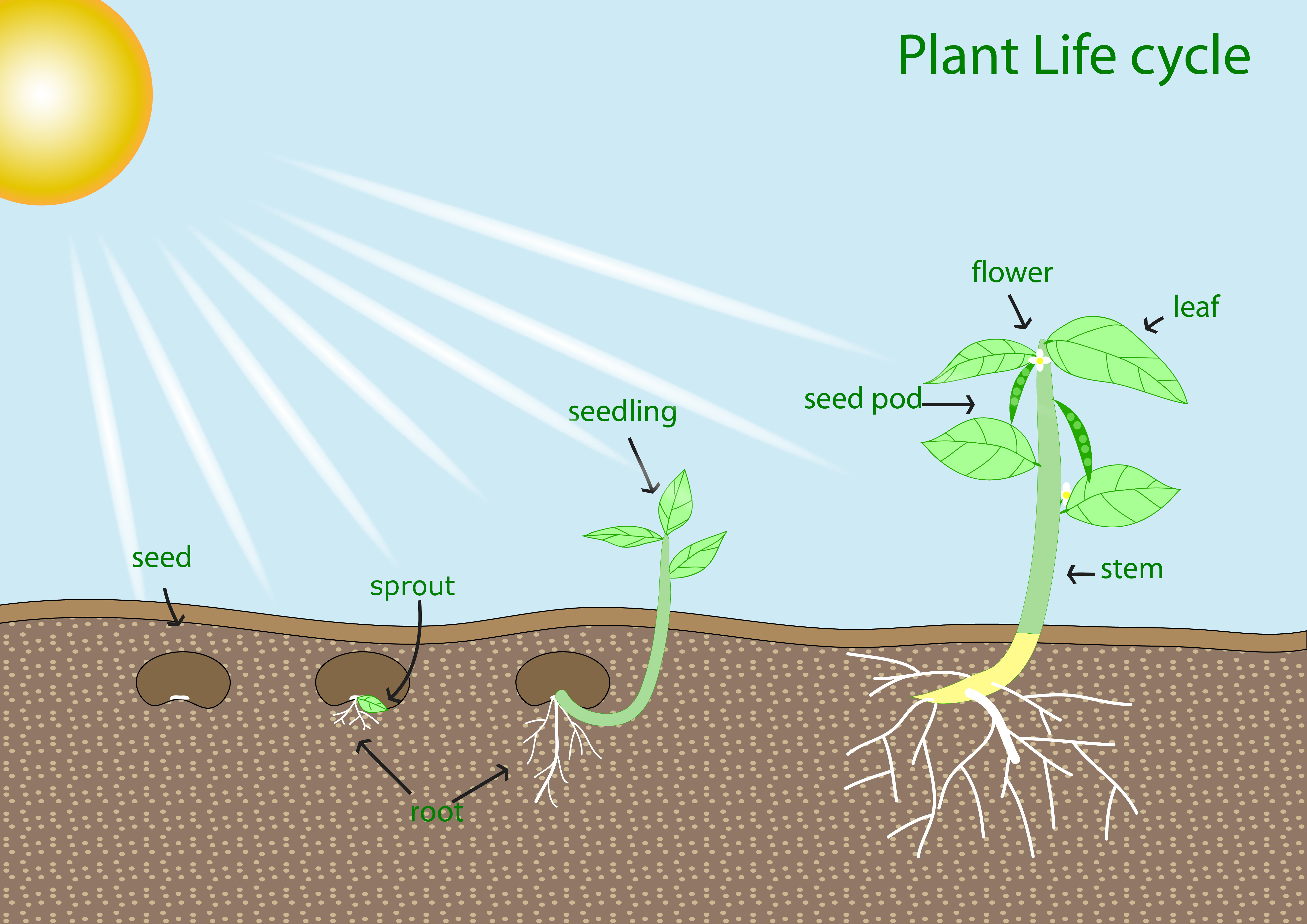Dig into Plants: Butterfly Milkweed
Butterfly Milkweed Other Common Names: Butterfly Weed, Pleurisy Root, Chigger Flower Scientific Name: Asclepias tuberosa Native to Alabama: Yes Other common milkweed species: Common Milkweed, Swamp Milkweed, Whorled Milkweed |
|
Lady Bird Johnson Wildflower Center Benny Simpson Click on image to enlarge it |
| Learn more about... |
| Ecological Benefits |
| This plant provides food for: | |||
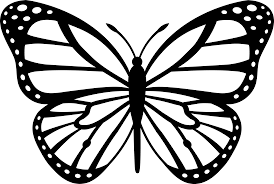 |
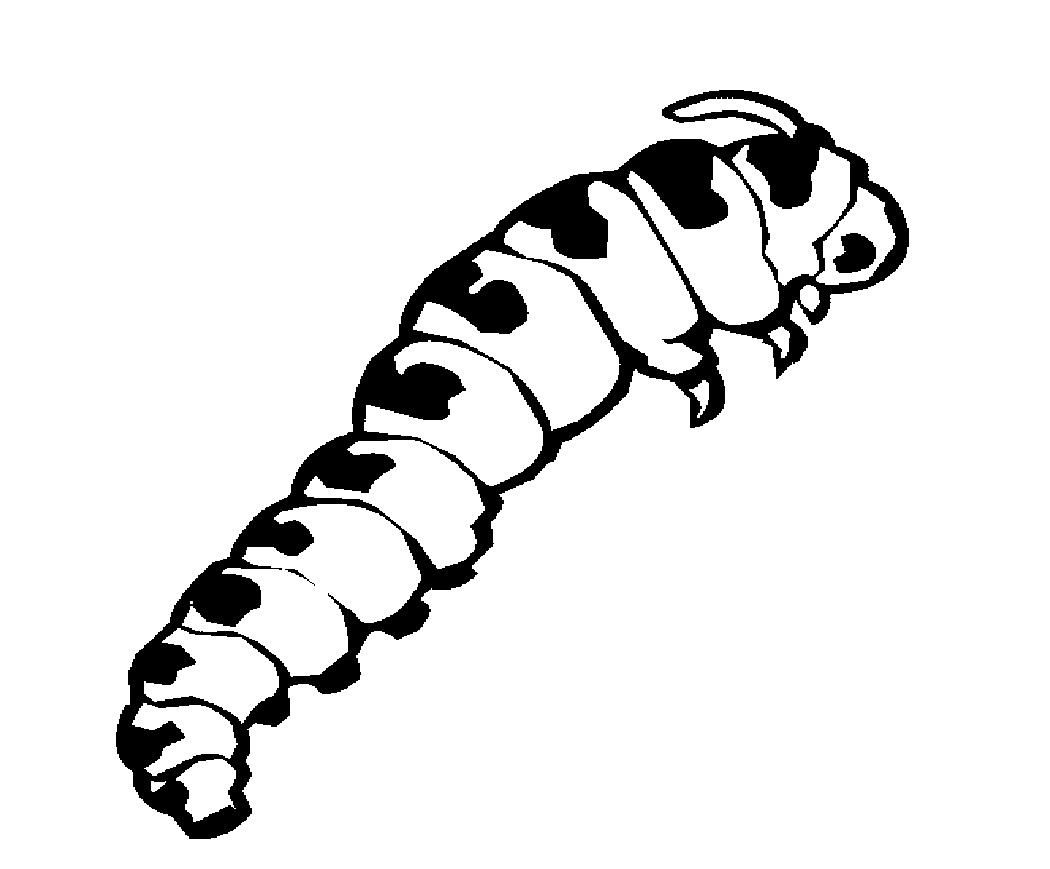 |
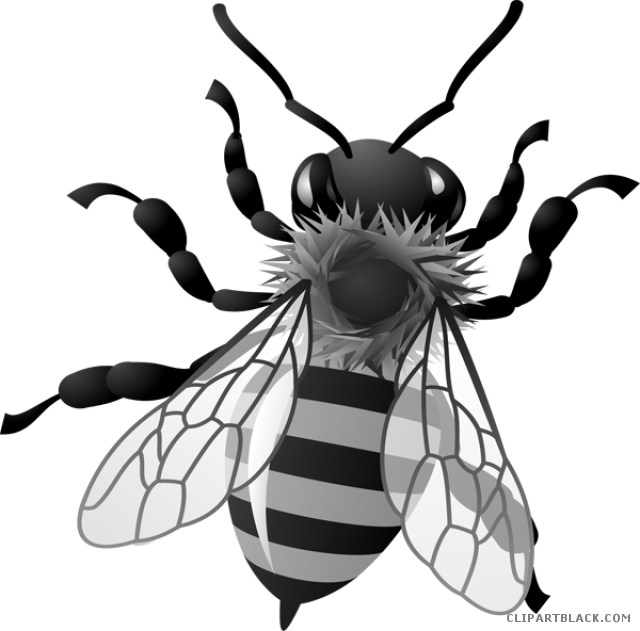 |
 |
| Butterflies | Caterpillars | Native Bees | Hummingbirds |
| Gray hairstreak, Monarch, Queen |
|||
| Other Plants Found in Alabama with Similar Ecological Benefits: |
|||||
| Swamp Milkweed (Asclepias incarnata) |
White Milkweed (Asclepias variegata) |
Green Milkweed (Asclepias viridis) |
|||
| Pinewoods Milkweed (Asclepias humistrata) |
Common Milkweed (Asclepias syriaca) |
Eastern Whorled Milkweed (Asclepias verticillata) |
|||
| Swamp Forest Milkweed/ Aquatic Milkweed (Asclepias perennis) |
Tropical/Scarlet Milkweed (Asclepias curassavica) |
||||
| Maintenance Notes | ||
|
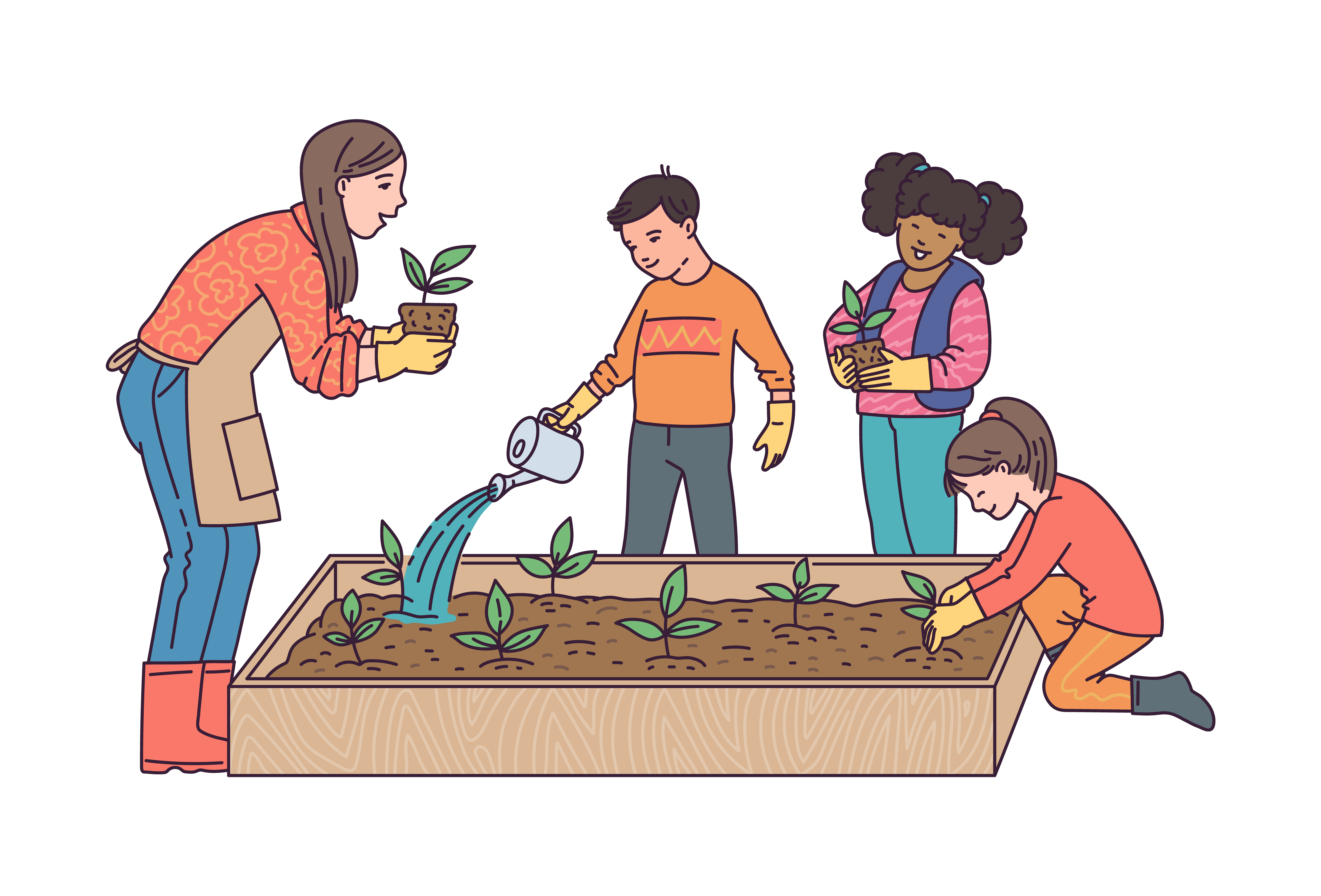 |
|
|
||
| Average watering: water two times per week during the summer and once per week during the rest of the year. | ||
| Habitat Requirements | |||
| This plant prefers: | |||
|
(6+ hours of sun per day) |

Average Watering |
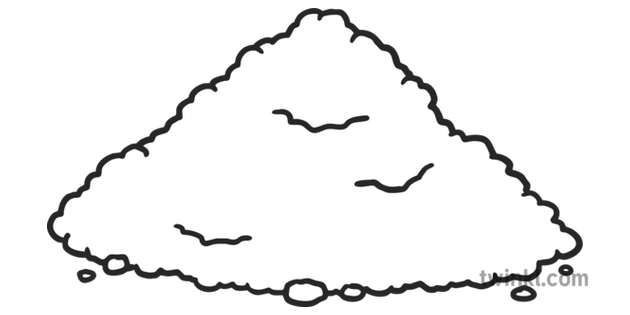 Well-drained, Sandy, Loamy, Clay, Limestone, Well-drained, Sandy, Loamy, Clay, Limestone,or Moist Soil |
|
| Leaf, Flower & Seed Identification | ||||
| LEAF DESCRIPTION |
Lady Bird Johnson Wildflower Center
Joseph A. Marcus Click on image to enlarge it |
|||
| Leaf Characteristics Chart (JPG) | ||||
| Shape: Lanceolate |
Margin: Entire/Smooth |
Arrangement: Alternate |
Form: Simple |
|
|
|
|
|
|
|
| Description: | ||||
| Up to 0.75 inches wide and 2 - 4 inches long, shiny green, pointed, smooth above and velvety beneath; stems are hairy, erect, and grow in clumps | ||||
| FLOWER DESCRIPTION |
Lady Bird Johnson Wildflower Center R. W. Smith Click on image to enlarge it |
|||||
| Flower Shapes Chart (JPG) | ||||||
| Color: Bright orange to yellow orange |
Shape: Stellate (star-shaped) |
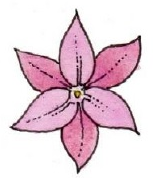 |
Bloom Months: May - Sep |
|||
| Description: | ||||||
| Flat-topped clusters of flowers 2-5 inches across are at the top of the flowering stem; each flower has 5 petals bent downward, topped by a crown of 5 erect hoods, each one containing a short horn | ||||||
| SEED DESCRIPTION |
Wikimedia
SB Johnny Click on image to enlarge it |
||
| Type: Fruit - Dry Seed Pod |
Description: spindle-shaped, grayish-green seed pods are 4-8 inches long, flat, oval, brown, and covered in short hairs; split open when ripe, releasing numerous seeds each having a tuft of long white hairs at the tip |
Months in Seed: Late Summer - Early Fall |
|
| Plant spreads by: | |||
| Seeds and Rhizomes/ Tubers/ Roots & Shoots Silky-haired seeds are dispersed by wind; underground rhizomes spread and create new clumps of plants |
|||
ADDITIONAL RESOURCES FOR TEACHERS
| Quick Fact Sheet (Condensed Species Info) |
Plant ID Sign: Ready as-is PDF |
Plant ID Sign: Editable Word Doc |
QR Code (Links to this Webpage) |
INFORMATION SOURCES FOR THIS PLANT
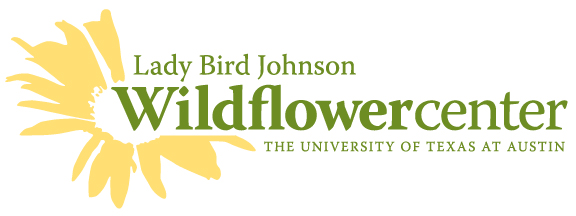 |
 |
|
|
|
|
|
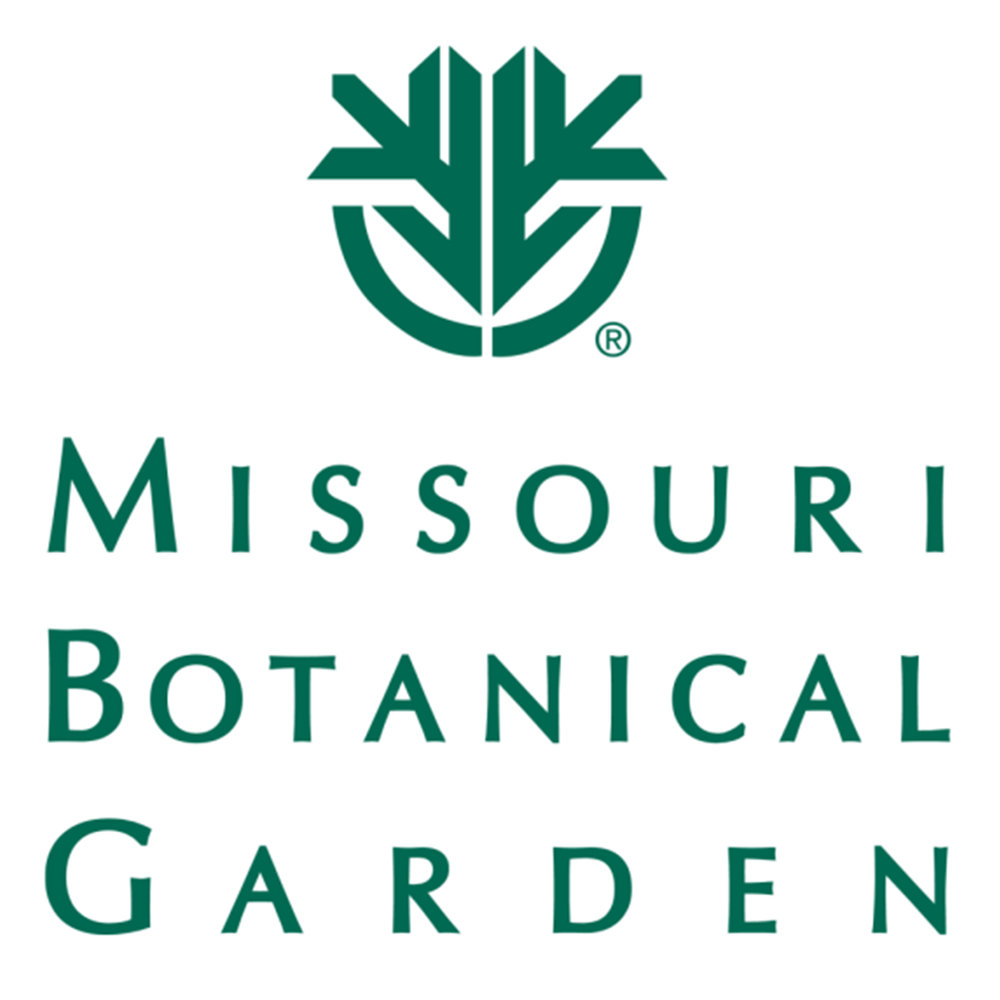 |
|
 Wildlife Tag
Wildlife Tag
